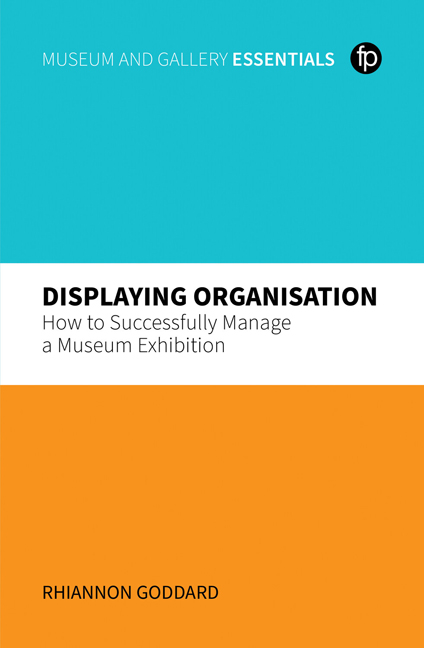Book contents
- Frontmatter
- Dedication
- Contents
- Figures, Tables, Boxes and Case Studies
- About the Author
- Acknowledgements
- Introduction
- PART 1 DEFINING THE PROJECT
- PART 2 PLANNING THE PROJECT
- PART 3 EXECUTING THE PROJECT
- PART 4 TRANSITION
- PART 5 EVALUATING THE PROJECT
- PART 6 KEY PROJECT MANAGEMENT SKILLS
- Bibliography
- Index
10 - Setting and Managing a Budget
Published online by Cambridge University Press: 14 October 2023
- Frontmatter
- Dedication
- Contents
- Figures, Tables, Boxes and Case Studies
- About the Author
- Acknowledgements
- Introduction
- PART 1 DEFINING THE PROJECT
- PART 2 PLANNING THE PROJECT
- PART 3 EXECUTING THE PROJECT
- PART 4 TRANSITION
- PART 5 EVALUATING THE PROJECT
- PART 6 KEY PROJECT MANAGEMENT SKILLS
- Bibliography
- Index
Summary
Introduction
Along with programme and overall quality, managing the cost of the project is one of the main roles of a PM. A good PM should keep an eye on the amount that is being expended at all times, and this often means that you have to look at both the big picture and the granular detail. This is not easy, but is a skill that can be learned, and the more projects you complete, the easier it will get. The best way of tackling budget management is to take a systematic approach to what you are doing and to use the expertise of those around you to estimate costs and keep a tab on what is going on. Every museum will have its own financial systems, so, rather than going into detail about the mechanics of ordering goods or invoice management, this chapter is about how to keep a tab on the costs. We will look at the importance of valuing the work completed so as to help you judge if you are on track, and the chapter provides some suggestions on how to set up a cost plan so that you will have all the right information in an easy-to-access format that, once set up, can be used again and again over subsequent projects.
Understand your finances
Before you can start effectively managing your budget it is essential to understand how your own museum's budgets work and how you will be expected to manage and report on any budgets that are delegated to you. Each museum is different in how it assigns funds, often depending on its size and the regularity with which it puts on new exhibitions and shows. Before you start you will need to know what your exhibition budget is expected to cover. Is it the fees and costs solely related to producing the exhibition itself, or are you also required to fund the marketing of the exhibition and any material produced about it, such as a catalogue or booklet? Will you need to account for materials for schools, and what about any supporting programmes such as family workshops or lectures on the subject?
- Type
- Chapter
- Information
- Displaying OrganisationHow to Successfully Manage a Museum Exhibition, pp. 129 - 144Publisher: FacetPrint publication year: 2023



